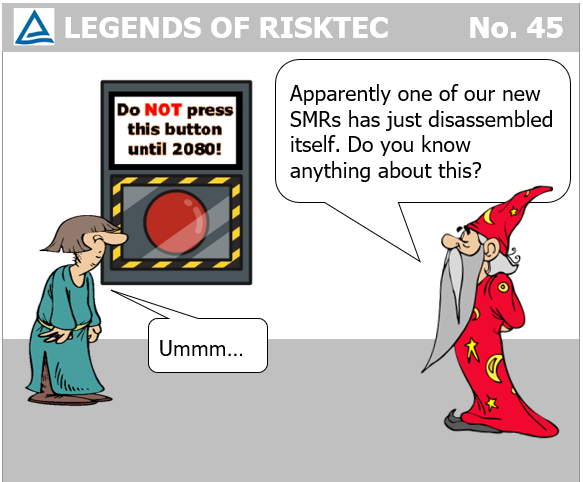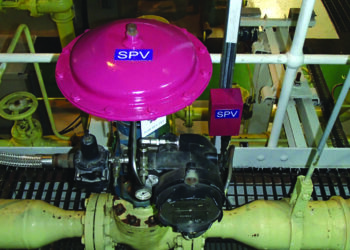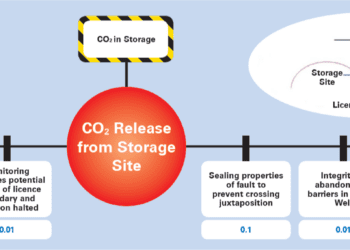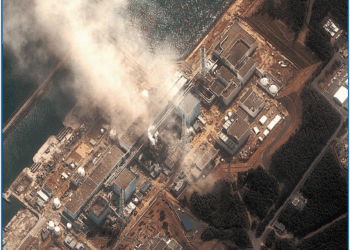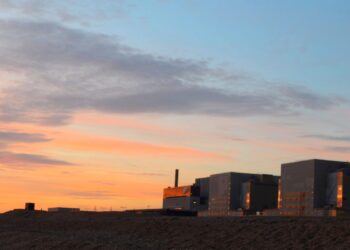Decommissioning by Design
Designing for the future
The design of early nuclear facilities often ignored or paid little attention to the future need for decommissioning and dismantling, a legacy from which we are still paying the price. How, though, can our hard-won lessons learned help inform future designs and make things better for future generations?
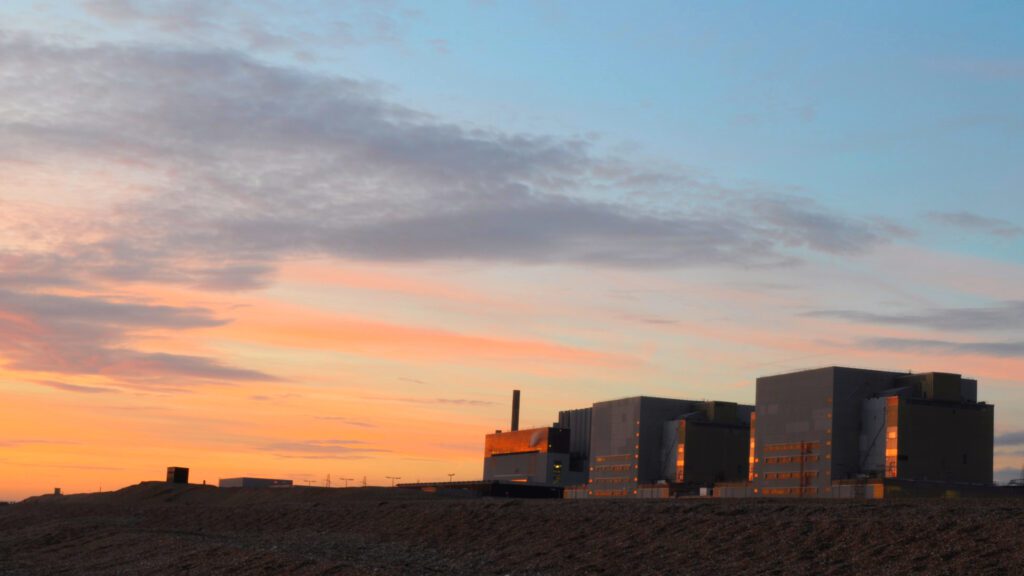
INTRODUCTION
It is now over 75 years since the first civil nuclear facilities were being designed. At the dawn of the atomic age many nations sought to exploit the potential of nuclear energy with a wide variety of fuel fabrication, research reactors, fuel reprocessing and power station facilities being developed.
Enthused by the white heat of this scientific revolution little regard was placed on the eventual decommissioning and dismantling of these pioneer facilities, other than assuming that future generations, and the technology available to them at the time, would find a way to manage this process.
And, by and large, these future generations are finding a way to decommission these facilities.
However, it’s not been easy and there is widespread recognition that this process would have been significantly quicker, simpler and cheaper had such processes formed part of the original planning of these facilities. Even so, many nations are still grappling with the thorny issue of ultimate disposal of their legacy nuclear wastes within, for example, underground geological disposal facilities.
THE PRESENT DAY
Fast forward 75 years and the multitude of new nuclear power plant designs in development is reminiscent of those early days of the nuclear industry. Many of these new designs are for Small Modular Reactors (SMRs) which promise advantages in terms of their economic models, deployability, manufacture and safety. Many current designs are based on smaller versions of established large reactor technologies (such as PWRs and BWRs) whereas others are for advanced (so-called Generation IV) technologies which offer more exotic designs based on different reactor technologies that rely on novel fuel and/or coolant systems and, potentially, greater inherent safety and security, often associated with fully passive safety systems. The opportunity for fleets of identical, rather than bespoke designs, promises efficiencies beyond the reach of the early designers.
Things are different now. It is widely recognised that safety, security, safeguards and environmental issues need to be considered ‘by design‘ throughout the development cycle. The application of mature risk management techniques drives the desire to design-out rather than protect against hazards and vulnerabilities. Lessons learned in terms of materials selection, access, maintenance and operational management bear fruit during the operational phase, particularly in terms of operator dose.
PLANNING AHEAD
A similar thought process applies to ‘decommissioning by design‘, and regulators now typically require an initial decommissioning strategy to form part of the licensing application for a new facility. Even during early design development in the pre-licensing stage designers now need to consider decommissioning issues, whether this relates to the type and/or volume of waste to be generated throughout the lifecycle.
Here, there are some advantages to more conventional SMR designs that use standard fuel and coolant systems in terms of precedent and proven solutions, at least as far as interim storage is concerned. Of course, modular construction does not necessarily mean modular deconstruction (although some microreactors offer this promise). Designers may need to tackle other issues including waste volume and activity; counterintuitively, an SMR may actually generate more waste per GW generated because of its lower output and potential for increased activation of materials, given its smaller footprint and increased neutron leakage compared to a larger reactor.
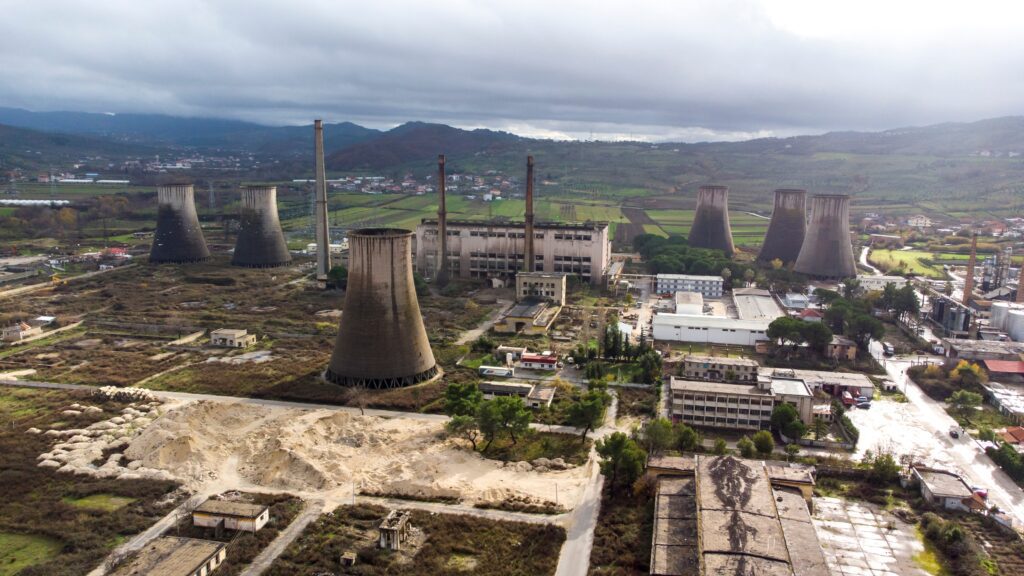
NEW DESIGNS, NEW CONSIDERATION
But, what about the advanced reactor designs? Many of these are currently in the process of trying to turn a physics concept into an engineered power station design. It’s a tricky task particularly where codes and standards don’t yet exist and historical precedent is limited or non-existent.
However, at this stage the opportunity for decommissioning by design to be incorporated is high. So, as well as trying to achieve an operational and licensable design, the designers need to demonstrate that, for example, the resultant waste profile is well-understood and can be managed effectively. Perhaps Artificial Intelligence could help predict waste generation over the facility lifetime and optimise plant operations accordingly.
For long term storage and disposal of novel fuels this requires early consideration; for instance, is the proposed fuel, fuel can or cladding material suitable for interim and long term disposal or does fuel need to be reprocessed or repackaged at some point, generating yet more waste? Could unusual enrichment or burnup pose a difficulty down the line? If the fuel is encapsulated in moderator does this affect how it can be managed? How will the coolant (which may be contaminated or activated) be handled at the end of life? Will a future geological disposal facility (itself also likely at an early design stage) accept the proposed wastes?
Such questions are likely to be the subject of ongoing research and development activities to increase confidence in the suitability of the design.
And, who knows? Perhaps the inherent constructability of a modular design could lead to these same modules being disconnected and transported offsite to a fleet-wide centralised waste management facility for automated processing followed by recycling or disposal. Perhaps key modules could be switched out to turn our old power station into its own decommissioning centre.
CONCLUSIONS
Decommissioning by design is increasingly becoming an expectation from regulators who are recognising that understanding what happens at the end of a facility’s operational life is a priority even early in the licensing process. Arguably, the viability of a new design may ultimately depend on minimising its legacy footprint. So, thinking caps on. Our grandchildren will thank us.
